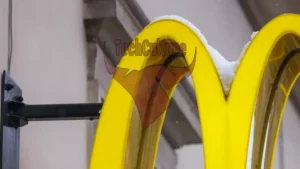European Space Agency Faces Challenges in Decommissioning Resilient Gaia Spacecraft
The European Space Agency (ESA) encountered unexpected difficulties while attempting to power down the Gaia spacecraft, a mission that has been pivotal in mapping over a billion stars and creating a detailed 3D map of the Milky Way.
Gaia’s remarkable resilience, attributed to its robust design featuring multiple redundant systems, has complicated the decommissioning process. The spacecraft was engineered to withstand various space hazards, including radiation storms, micrometeorite impacts, and communication losses.
ESA’s team has been methodically disabling Gaia’s systems and corrupting its software to ensure the spacecraft remains inactive. This complex strategy is necessary to prevent any potential future reactivation of the highly redundant systems.
Launched in 2013, Gaia set out to create the largest space catalog in history. After a decade of successful operation, the spacecraft was relocated from Lagrange point 2 to a stable orbit around the Sun, ensuring it will not approach Earth for at least a century.
The mission’s scientific contributions have been substantial, significantly advancing our understanding of the Solar System’s position and movement within the galaxy. Gaia’s data has also paved the way for future explorations, including ESA’s upcoming Plato mission.
Among its numerous discoveries, Gaia has identified previously unknown moons and exoplanets, further enriching astronomical research. The spacecraft’s findings have had far-reaching implications for our understanding of the cosmos.
As the decommissioning process continues, ESA team members have expressed mixed emotions. While pride in the mission’s success is evident, there is also a palpable sense of sadness as this groundbreaking project comes to an end.
The challenges faced in powering down Gaia serve as a testament to the spacecraft’s durability and the ingenuity of its designers. As ESA works to conclude this chapter in space exploration, Gaia’s legacy as a transformative force in astronomy remains secure.




